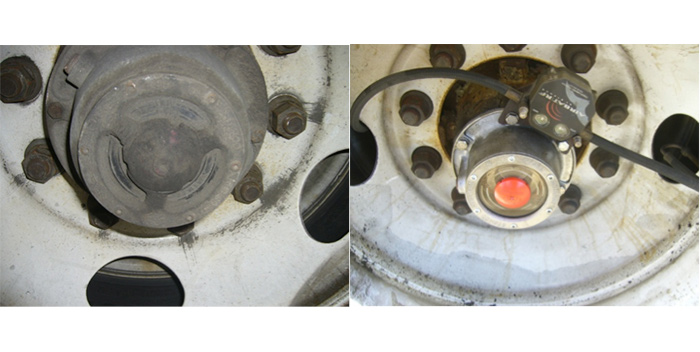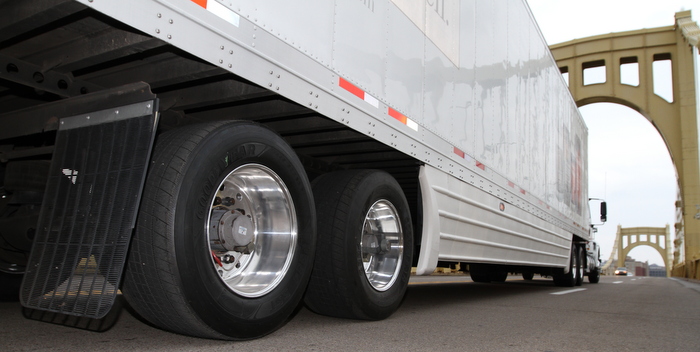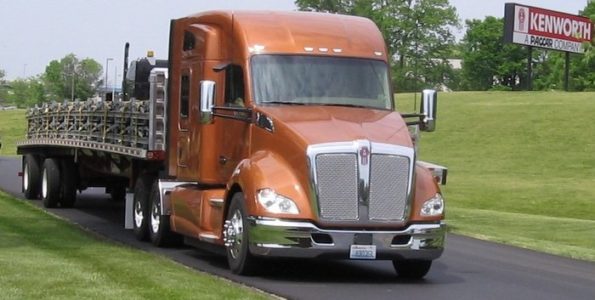There has never been a better time to train technicians. TheTire Industry Association (TIA) has developed a Custom Fleet Tire TrainingProgram that fleets can design to meet their needs. Custom training optionsinclude: Fleet Tire Service OSHA Compliance Training; Commercial Tire Service(CTS) Technician Certification; Off-the-Road Tire Service Training; andHands-On Demonstrations.
The Fleet Tire Service OSHA Compliance Training Program isdesigned to help fleets comply with OSHA standards for employee training.According to OSHA, individuals that handle inflated truck tires must receivesafety training and demonstrate their ability to perform the necessary tasks. Thismeans that even the employees who remove and install tire-wheel assemblies onand off the vehicle handle truck tires and must be trained. This programteaches the correct procedures for handling inflated commercial truck tires andprovides the documented proof of training required by OSHA.
The CTS Technician certification program is designed toeducate individuals who actually service truck tires once they are removed fromthe vehicle. This program is also OSHA compliant, but goes above and beyondthat with more in-depth training and better liability protection for theemployer. It is based on the TIA CTS Manual, a 250-page in-depth resourcedeveloped by TIA’s staff with input from industry professionals. The manualcontains step-by-step procedures for every aspect of servicing medium trucktires and wheels, as well as safety guidelines, OSHA regulations and otherimportant information. Each Technician that successfully passes the exam willreceive a TIA Certified Technician certificate, 13 Certified Technician uniformemblems and a two-year subscription to TIA’s “Commercial Tire Service Today”publication.
Off-the-Road (OTR) Tire Service Training covers eighttire mounting and demounting procedures on seven of the most common pieces ofOTR equipment using bias and radial tires. With video technology, the programteaches vertical and horizontal mount and demount procedures for single-,three- and five-piece wheel and rim assemblies, and it includes a review ofwheel and tire terminology. The tires and equipment in the classroom traininginclude: 17.5-25s on a 142G grader; 37.25R35s on a 631E scraper; 35/65R33s on a988 front end loader; 23.5R25s on an articulated haul truck; 40.00R57 rearduals on an 830E haul truck; and a 40.00R57 front tire on a 793 haul truck. The140-page program book accompanies the video and becomes a valuable referencefollowing the training.TIA’s Hands-On Demonstrations can be scheduled inaddition to the classroom training outlined previously. The hands-on portioncan be designed specifically to meet fleet needs. The instructor willdemonstrate any or all service procedures on any size tire using all types ofequipment. As long the fleet provides the equipment and tires, TIA can showtechnicians how to service them properly. Members can request specific types ofhands-on demonstrations. TIA provides savings on training and other discountsto its members.









